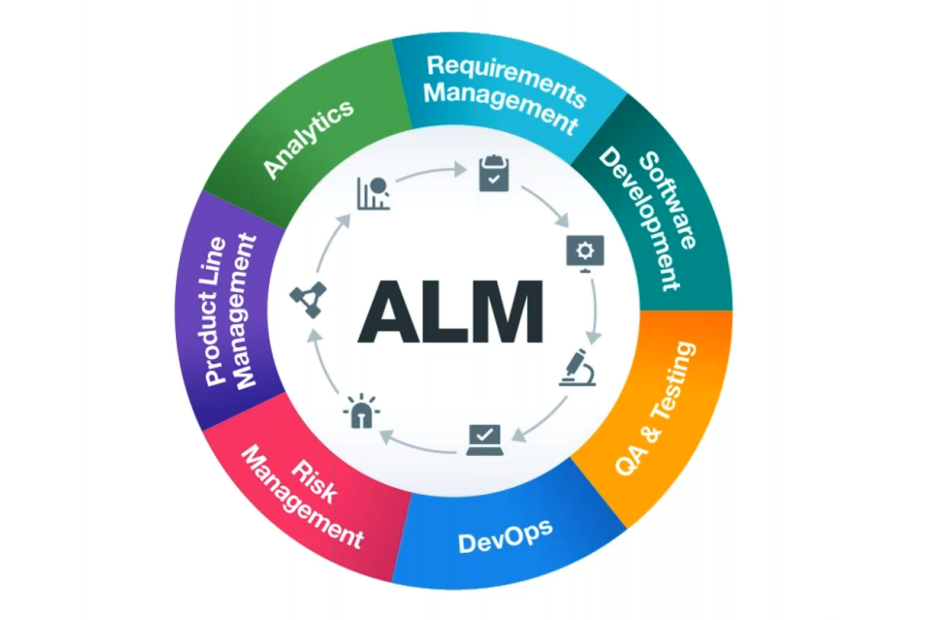LEAP recently held a webinar for our customers to learn how product development teams are using PTC Codebeamer – an Application Lifecycle Management (ALM) platform designed for modern, advanced product and software development.
Codebeamer enables product software development teams to collaborate more effectively using unique digital workflows that promote collaborative and Agile development to help streamline development processes, plus ensure regulatory compliance.
Codebeamer provides an all-in-one solution that is ideal for many regulated industries, safety critical products and software differentiated products, including:
- Requirements Management
- Risk Management
- Test Management
LEAP’s recent webinar was led by Paul O’Shaughnessy, LEAP’s PTC Business Manager, and Allan Thompson, LEAP’s PTC Technical Manager. In this series of videos, LEAP’s team will explore:
- How Codebeamer fits into the PTC technology suite, including CAD, ALM, PLM, and IoT, to enable a seamless digital thread for product development.
- What Application Lifecycle Management (ALM) is, and how Codebeamer ALM empowers digital control over physical product development.
What is ALM and why do I need it?
ALM is now a critical tool for development of software-driven products which helps tackle the inherent challenges involved in managing software applications throughout their lifecycle. In this video, you will see how ALM addresses three major industry challenges: quality assurance, regulatory compliance, and software risk management.
Learn how best practice use of ALM helps establish efficient processes and tools within your team to bridge the disconnect between systems like requirements and test management. Additionally, ALM reduces manual handovers and optimises lessons learned, resulting in shorter lead times and lower costs:
Overview of Application Lifecycle Management (ALM)
It this next video, Allan looks at the key components of ALM including:
- Requirements management: Capturing and managing diverse requirements.
- Software development: Tracking and validating software releases, ensuring quality.
- DevOps: Facilitating collaboration and high delivery velocity.
- Risk management: Identifying and mitigating potential risks.
- Product line management: Managing different software versions for diverse products.
- Analytics: Gaining insights and optimising the development process.
- Release management: Coordinating controlled software deployment.
How does PTC Codebeamer work?
Allan then delves into the technical side of Codebeamer and how it works to simplify complex product software engineering. In this video, learn how Codebeamer is tailored for engineering teams, featuring robust requirements management with traceability, automated testing and validation, and seamless integration with source code management tools like GitHub.
Also, see how Codebeamer supports risk management throughout the development process and offers configuration management for multiple product variants. With granular access control and support for agile methodologies, Codebeamer streamlines engineering processes, facilitates collaboration, and enhances software development efficiency.
At the conclusion of the webinar, Allan also answered a number of questions from the audience, including:
- Does ALM integrate with PLM?
- Can I export data to DOORS format?
- Is Codebeamer available on Premise, or is it a cloud only solution?
We won’t share the answers to these on the blog today, but if you’d like to know more or have a question of your own about Codebeamer ALM, or in general about best practices for managing your software development process, you can get in touch with LEAP here for a no obligation discussion.

